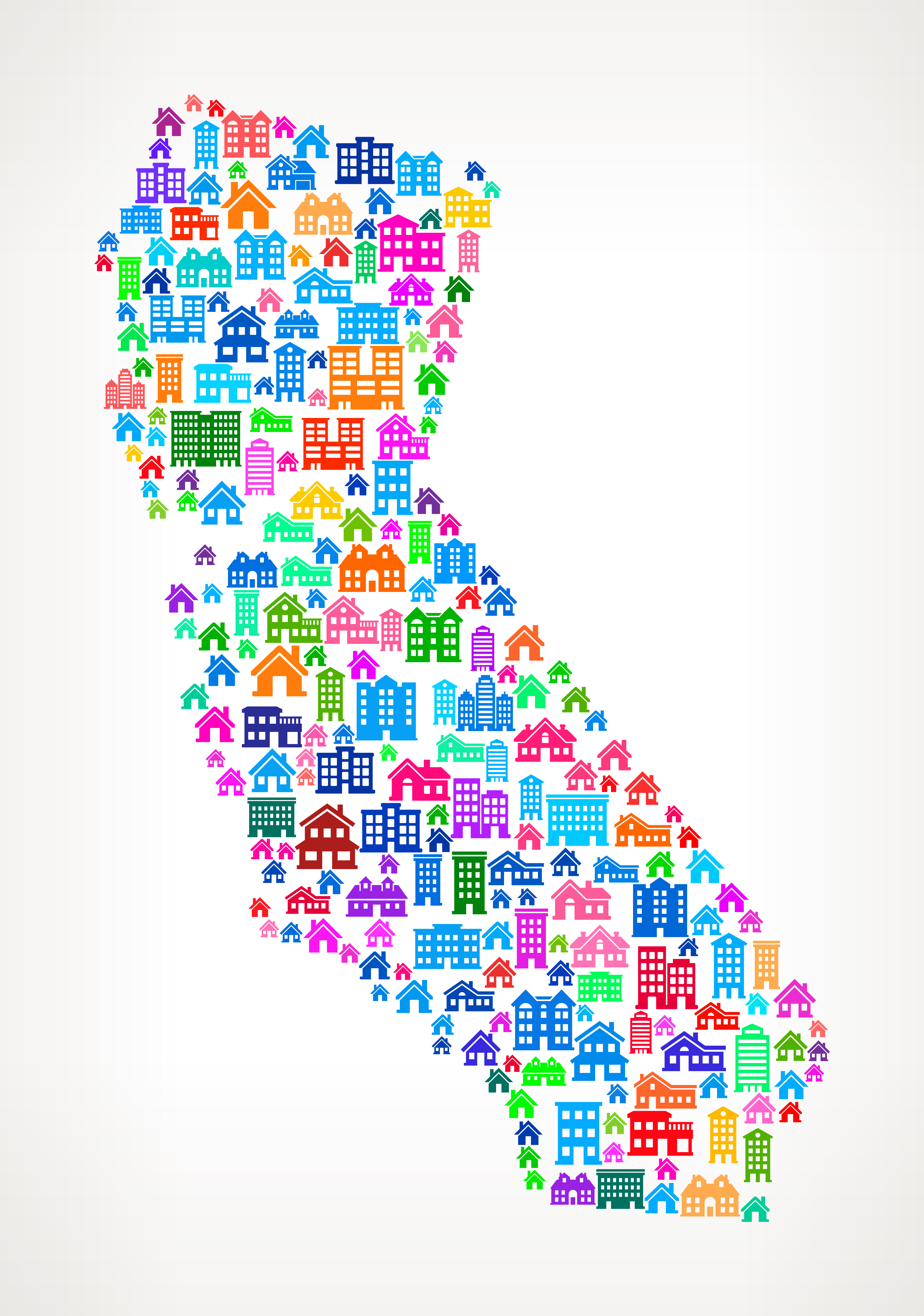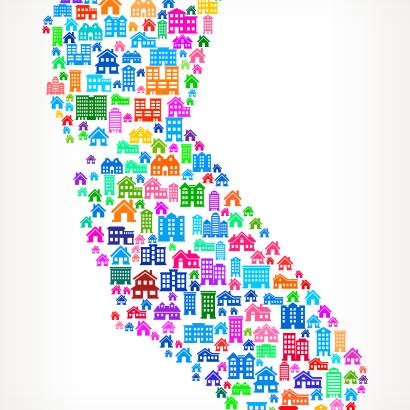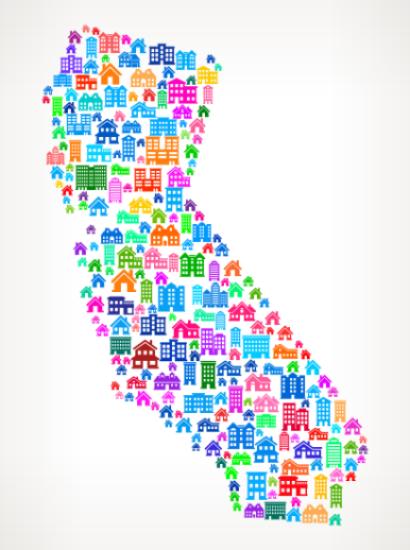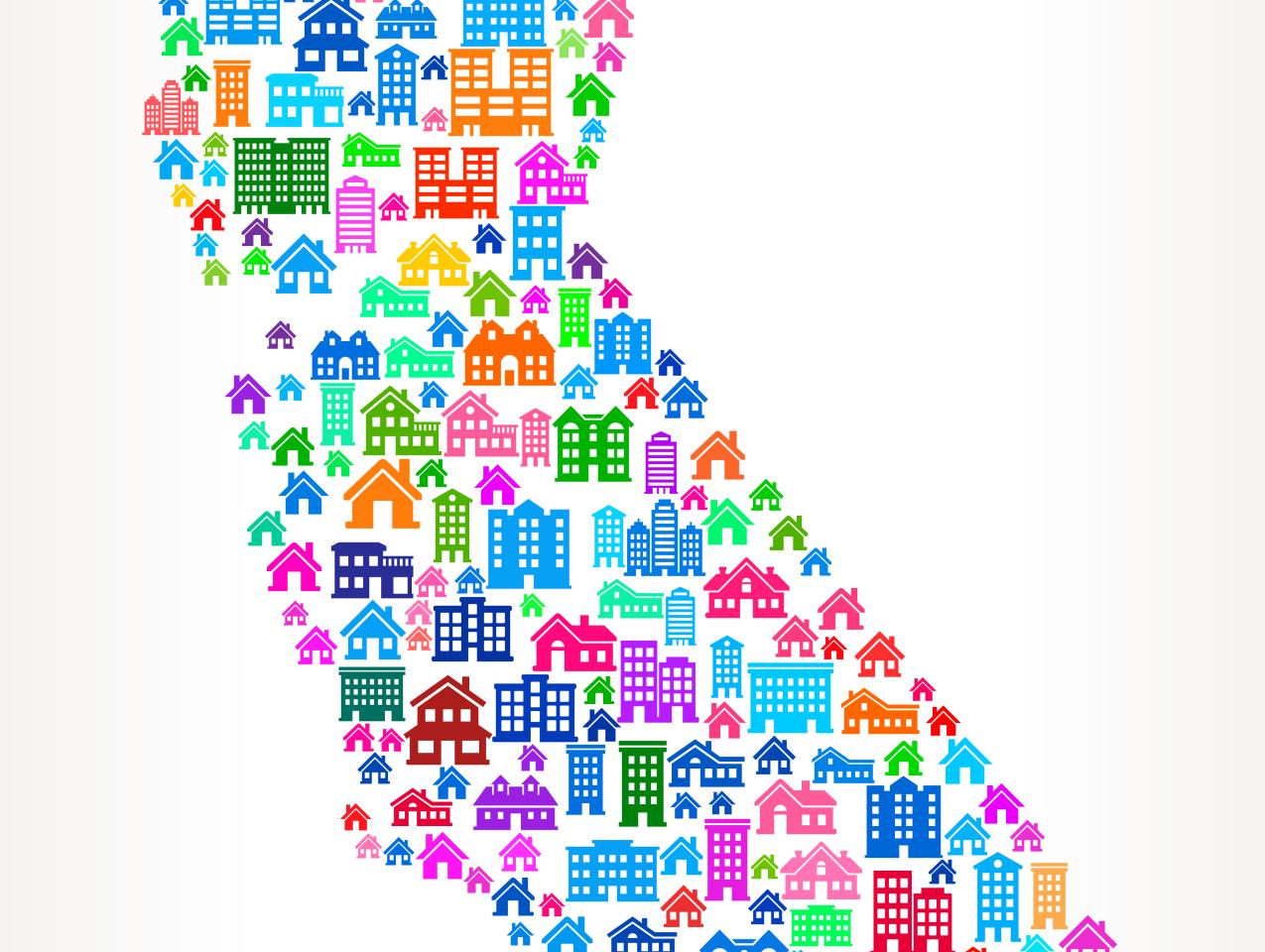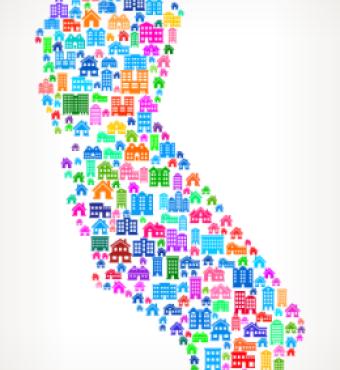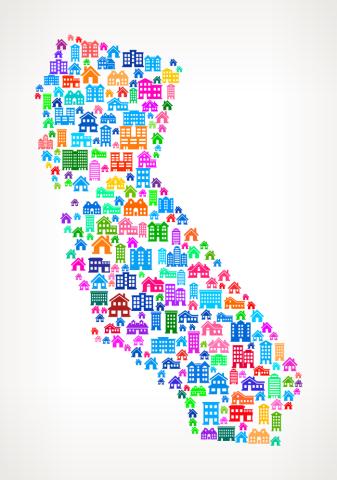- Politics, Institutions, and Public Opinion
- State & Local
- California
I’ve given enough orations on politics and policy in my time to know that certain words can cloud an otherwise good address.
One such example: redistricting.
If you’re lucky, a smart crowd will understand that the word refers to the redrawing of congressional and state legislative districts once every decade, after the US Census Bureau has calculated population shifts across America (in this year’s census, and for the first time in state history, California will lose a congressional seat).
And if you’re really lucky, the crowd also knows the word “gerrymandering”—i.e. redrawing political boundaries, sometimes using convoluted cartography, for sheer partisan benefit.
As we’re now in the second year of a new decade, California and the nation’s other 49 states are in the final phases of shoring up their new political maps (here are a few examples how they go about their business). And for the Golden State at least, it’s never a dull story if you’re a fan of political intrigue.
Let’s review a few past examples of how California has engaged in political mapmaking.
Forty years ago, California redistricting was an exercise in raw political power. A map drawn up by Democrats prompted rival Republicans to convince voters to overturn the plan via referendum—only for the state Supreme Court to step in and order that the voter-rejected map be used anyway.
The story doesn’t end there. After that November 1982 election, then governor Jerry Brown signed an altered version of the gerrymander. Credit that generation of map drawers for being good at their craft: a California congressional delegation that split 22–21 in favor of Democrats before the redesign became a 28–17 Democratic advantage thanks to a more advantageous landscape (California having gained two congressional seats after the new census tally).
The 1990s in California began with a different political pairing in Sacramento—a Republican governor who refused to go along with the whims of the Democratic legislature. In September 1991, a California Supreme Court, prompted by the impasse inside the State Capitol, appointed three special “masters” (retired judges) to come up with a redistricting plan, which the Supreme Court okayed the following January.
That takes us to the first redistricting of the new century—and, for California, a third sign of dysfunction. Twenty years ago, the process wasn’t dictated by one party’s dominance or two parties’ stubbornness. Instead, mutual self-preservation was the order of the day, with Democrats and Republicans agreeing to boundaries that maintained the political status quo (Democrats controlled both the legislature and governor’s office but calculated that trying to pad their advantage wasn’t worth the risk of intervention on the part of a GOP-controlled US Department of Justice).
How effective was this 10-year “freeze”? In 2004 and on the heels of a historic recall victory, then governor Arnold Schwarzenegger tried to apply his populist charm to legislative races. Despite the “Governator” campaigning up and down the state for fellow Republicans, not a single one of California’s 153 legislative or congressional seats changed party hands in that election.
But what the experience did achieve: Schwarzenegger and other reform-minded politicians convincing California voters to change the redistricting process, which occurred in 2008 with Proposition 11, which transferred legislative redistricting power from elected lawmakers to a 14-member Citizens Redistricting Commission, and in 2010 with Proposition 20, which did the same for congressional districts (while Prop 20 received over 61% support, Prop 11 survived by a margin of less than 2%).
In theory, this should be the end of our tale of political intrigue. The commission consists of five Democrats, five Republicans, and four nonaligned members. Moreover, the criteria for serving on the commission does its best to weed out mischief makers: no commissioner (nor an immediate family member) may have been an appointee, officeholder, or candidate for state or federal office over the past decade; members can’t earn a living as state or federal lobbyists, consultants, or contractors while serving on the commission.
So what’s not to like about this process? Try California Republicans, who think they’re being politically shortchanged (this analysis claims that five of California’s 11 GOP-held congressional districts will be more vulnerable than they were in 2020). But how angry is the state GOP—and more importantly, how willing is it to fight the new map? Circle March 27 on your calendar—it’s the deadline for the commission’s critics to challenge California’s redesign via voter referendum, as was the case 40 years ago (a legal challenge could also be taken up in federal court, on the grounds that the altered lines violate the Voting Rights Act).
Three weeks before that deadline and three months before California’s June primary, it’s clear that the redistricting commission’s actions have spawned consequences in at least three ways.
First, there’s the saga of Devin Nunes, until last December a GOP congressman representing a Central Valley district for the better part of the last two decades.
Assuming Republicans take back the US House of Representatives in November’s midterm referendum on the (mostly struggling) Biden presidency, Nunes was in a position to cash in seniority (the last time Republicans controlled the House, he served as Intelligence Committee chair). So while House GOP members dream of once again wielding gavels, what did Nunes do? He joined Donald Trump in cyberspace as chief executive of the ex-president’s Truth Social platform.
Perhaps Nunes fell prey to Trump’s allure. But one other contributing factor: redistricting. Nunes was looking at an uphill race in a district that switches from Republican friendly to Republican hostile—a 27-point partisan shift advantaging Democrats, per this breakdown.
A second consequence of California redistricting: at least one episode of Democratic infighting. Look no further than a new 42nd Congressional District, where state assembly member Cristina Garcia and Long Beach mayor Robert Garcia are running in an open-seat election (among other things, a test for the low-information side of the electorate to differentiate between the same surnames). Hopefully, for voters in that district, it’s a more peaceful affair than 2012’s “battle of the ‘ermans,’” which featured then representative Brad Sherman defeating then representative Howard Berman in a bitter contest that saw the two Democrats nearly come to blows.
As for redistricting’s third impact on the California landscape—and it seems a constant theme in this space: the notion of California as America’s political outlier.
If history’s a good barometer, the fall election lines up poorly for the majority party in Washington and a first-term Democratic president. During Bill Clinton’s first midterm referendum in 1994, 54 House Democrats lost their jobs. In 2010 and the first Obama midterm, 63 House Democrats were shown the door.
A quick glance of the Cook Political Report’s House ratings shows 12 Democratic-held districts under the category of “toss up” versus only seven for Republicans. But three of those endangered GOP seats are in—you guessed it—California.
Were Democrats to sweep those three seats, it likely won’t change the greater outcome if the notion of a “red wave” election were to materialize. But it would add an odd side note to what could be an otherwise good night for Republicans: in California, the wave possibly having little effect on the Democrats’ legislative (90 of 120 Assembly and Senate seats) and congressional (42 of 53 House seats) strangleholds, as well as the two US Senate seats. Indeed, this forecast says the post-election math will look much the same—Democrats holding 40 of 52 congressional seats, 93 legislative seats (62 Assembly, 31 State Senate), and the two US Senate seats.
So much for a sea change. In innovative California, ennui and predictability seem the political norm—as in 2010, a midterm vote that produces little change in the legislative and congressional balances of power.
So much for reading between the lines.







